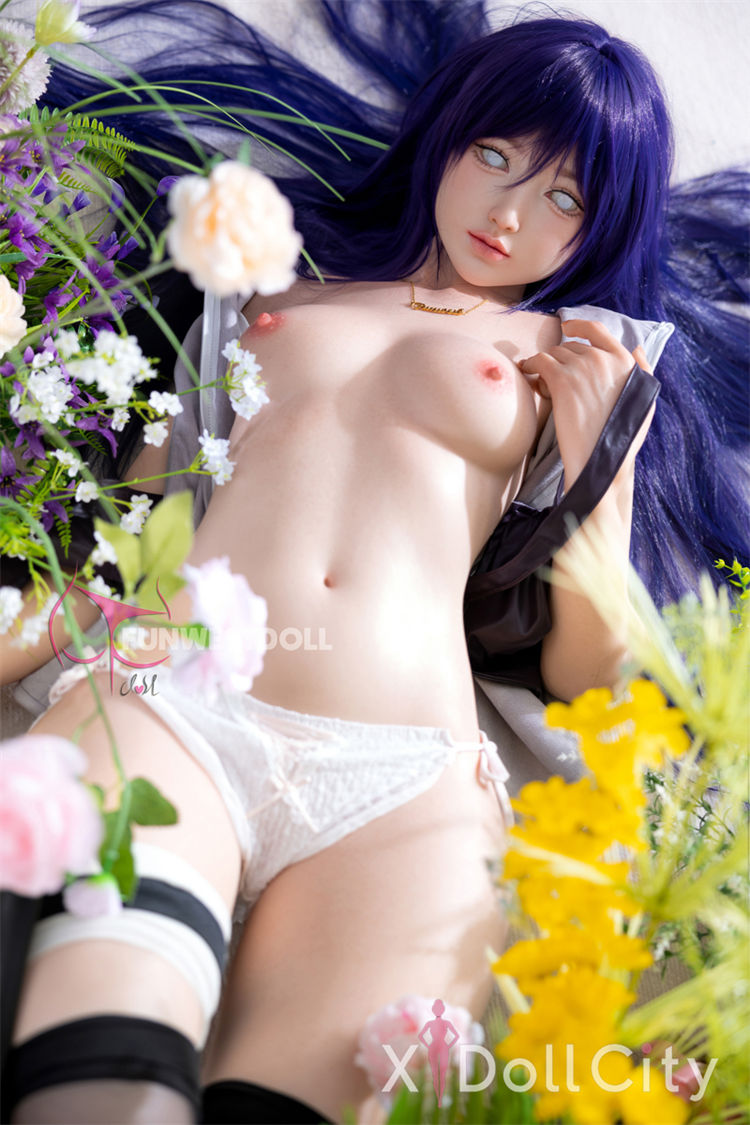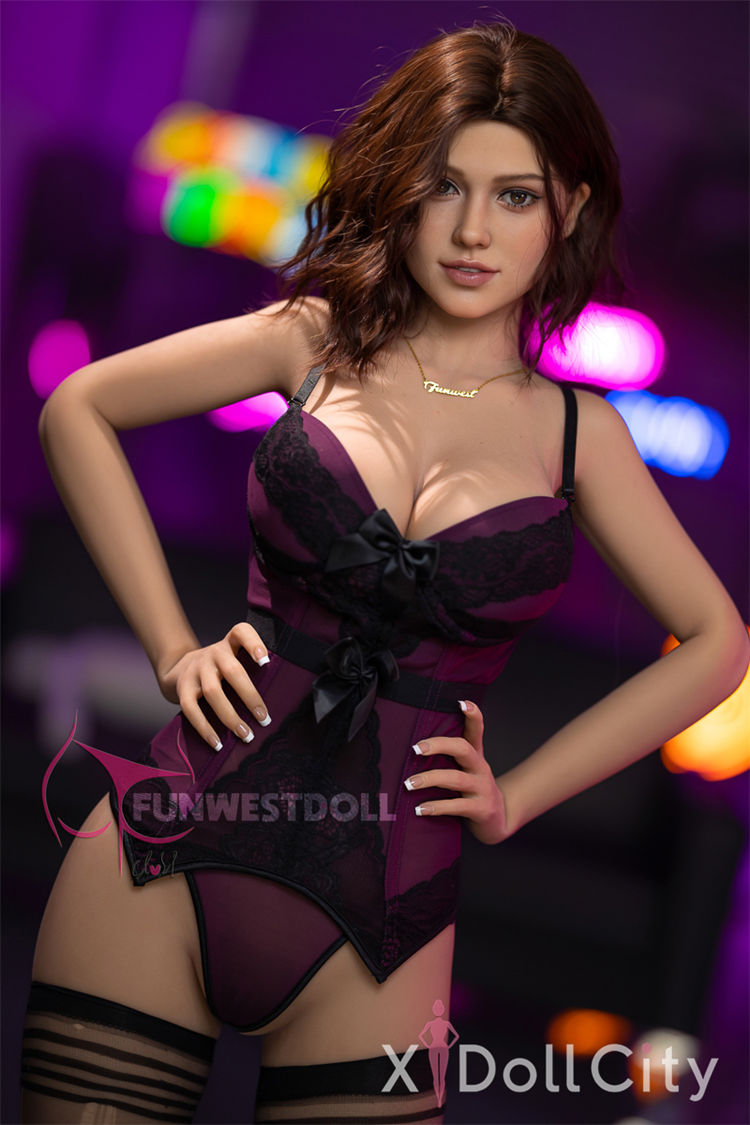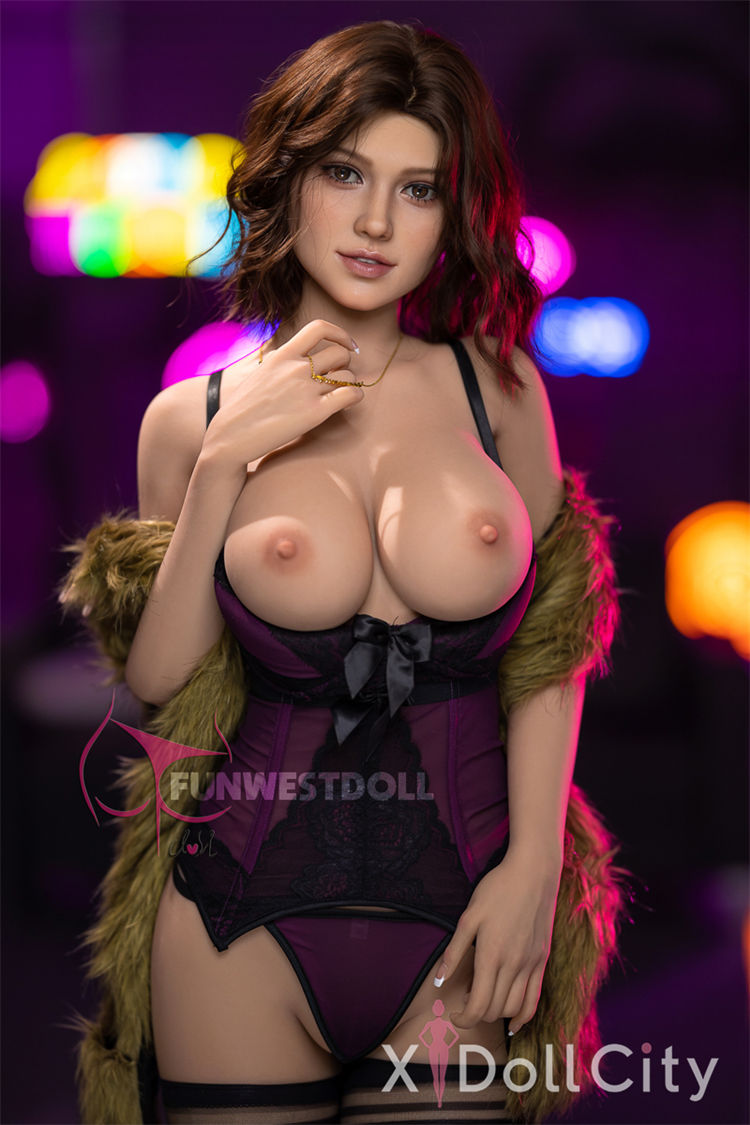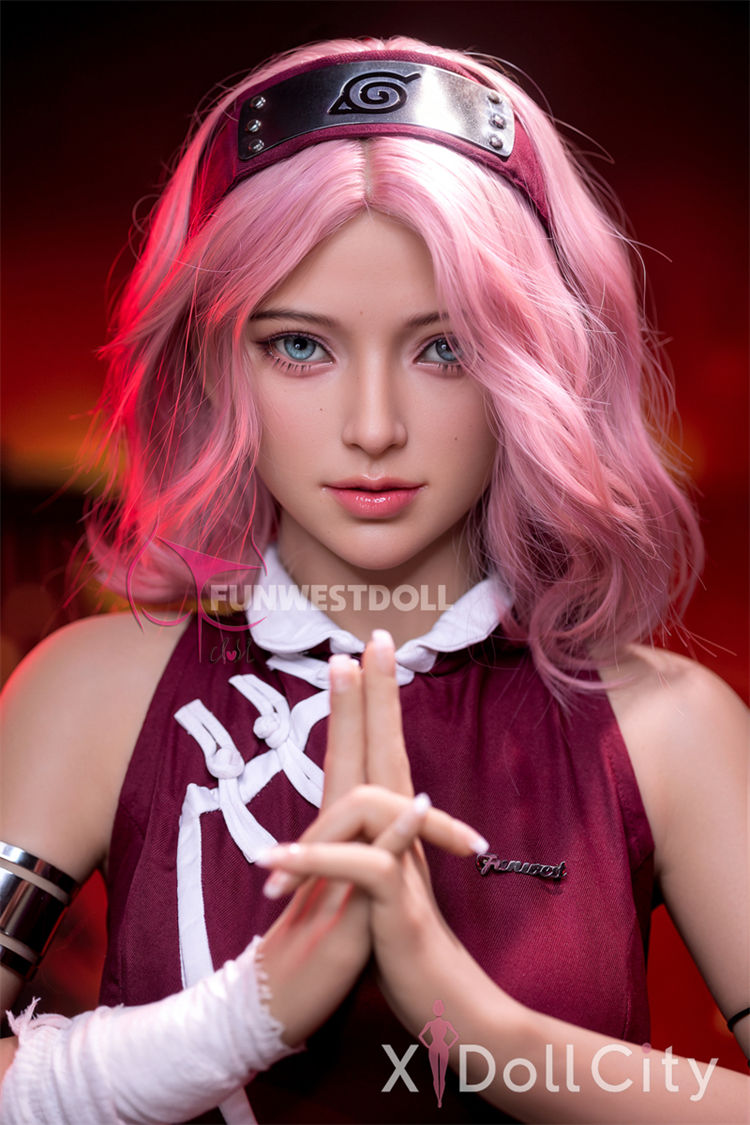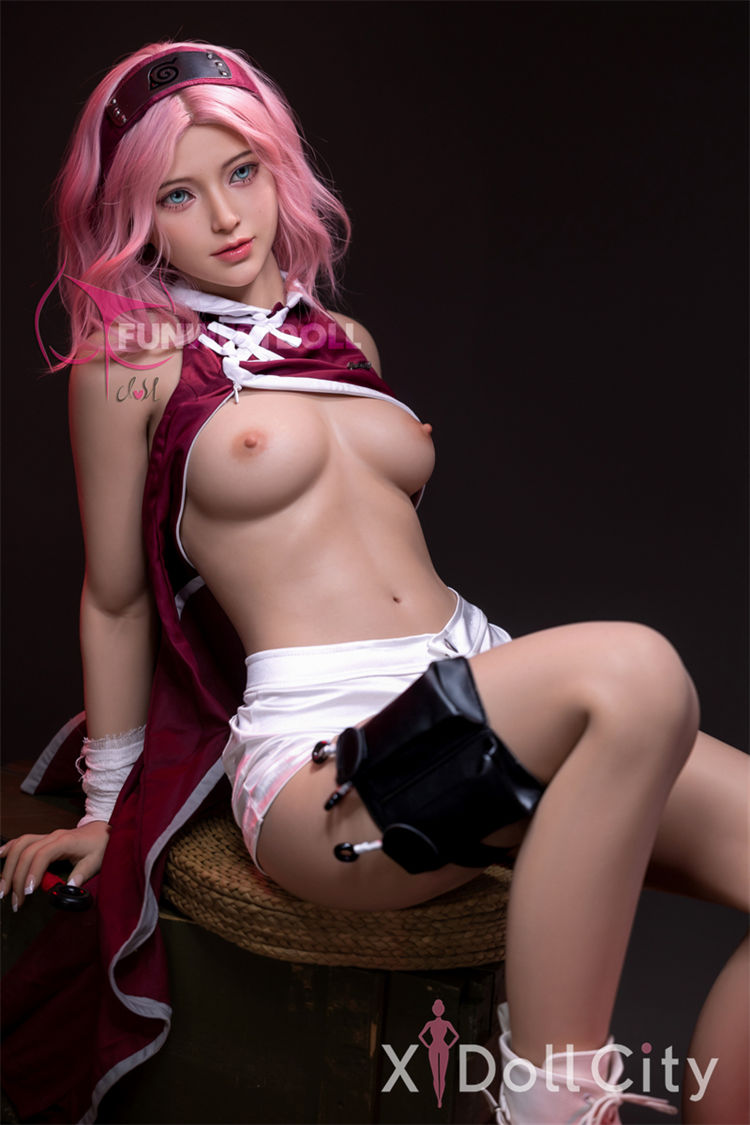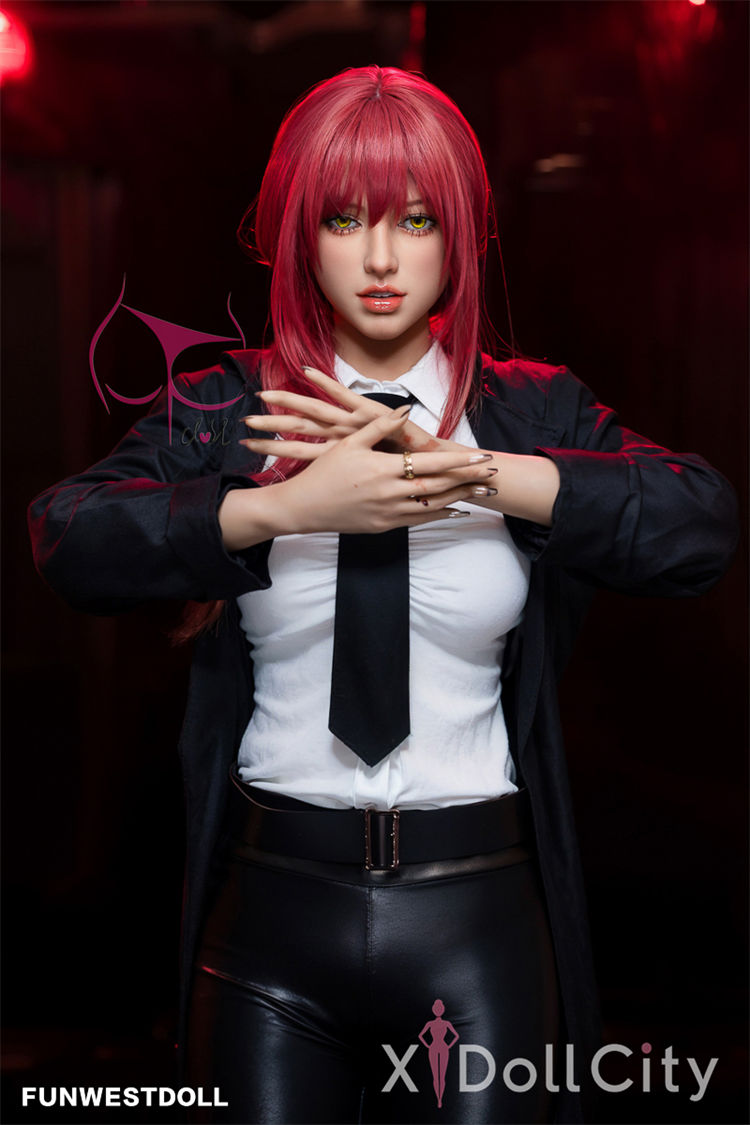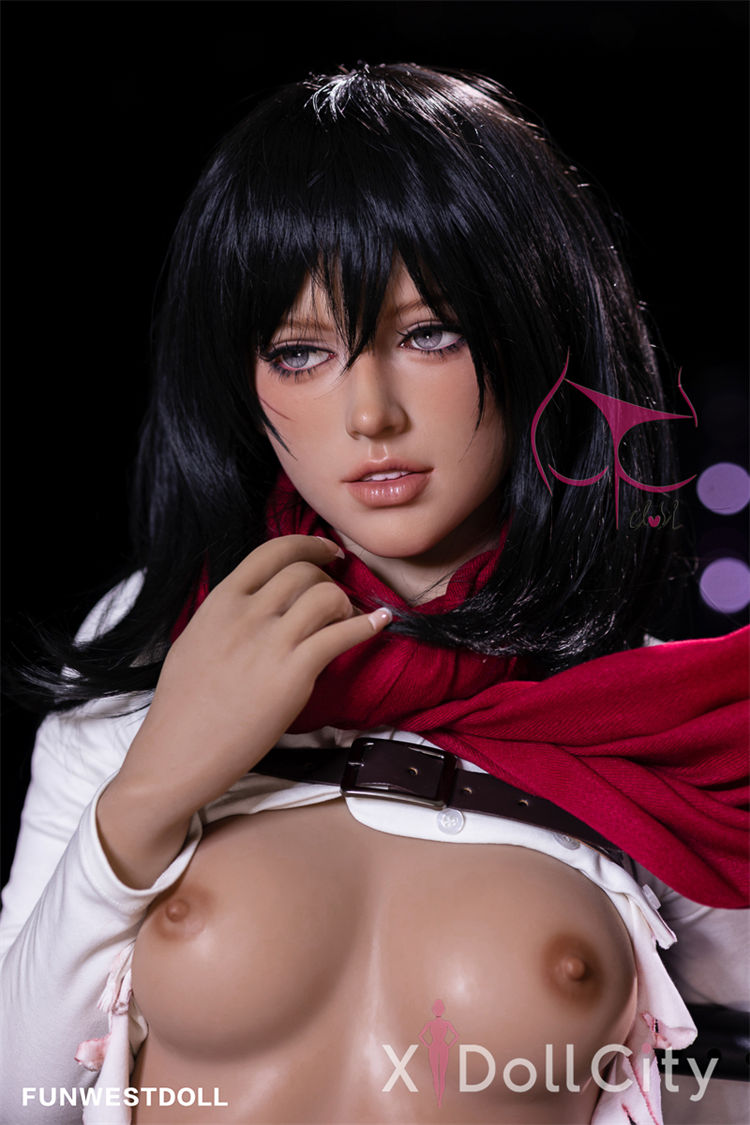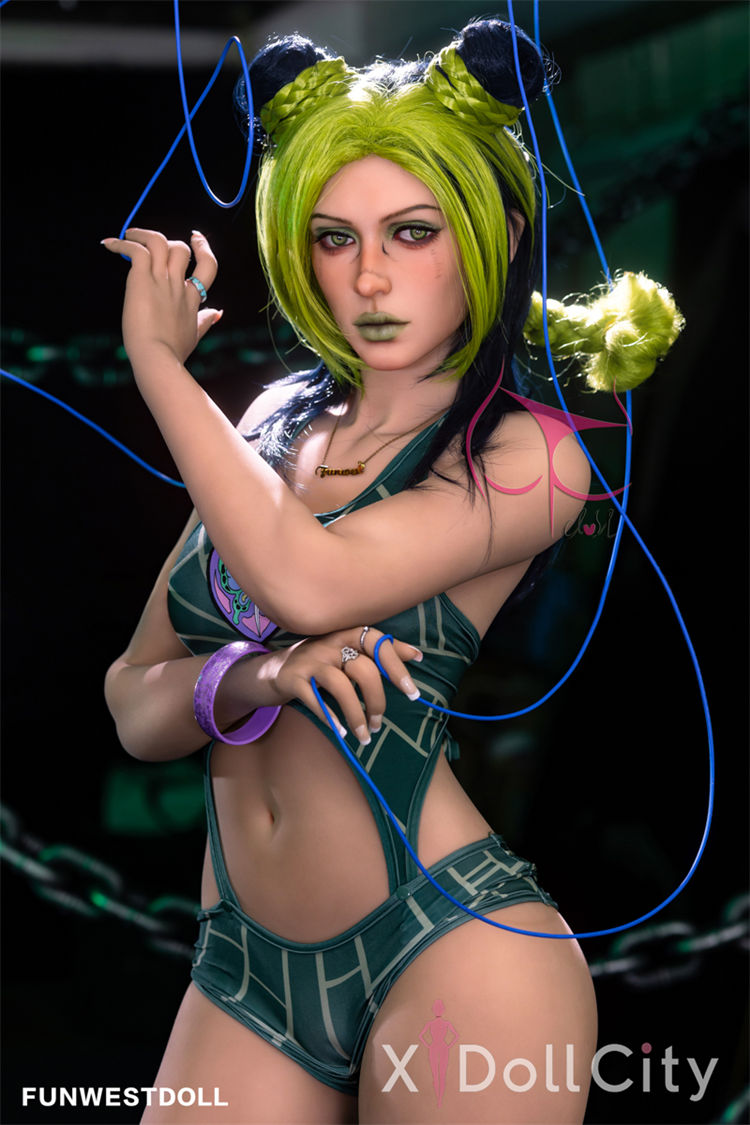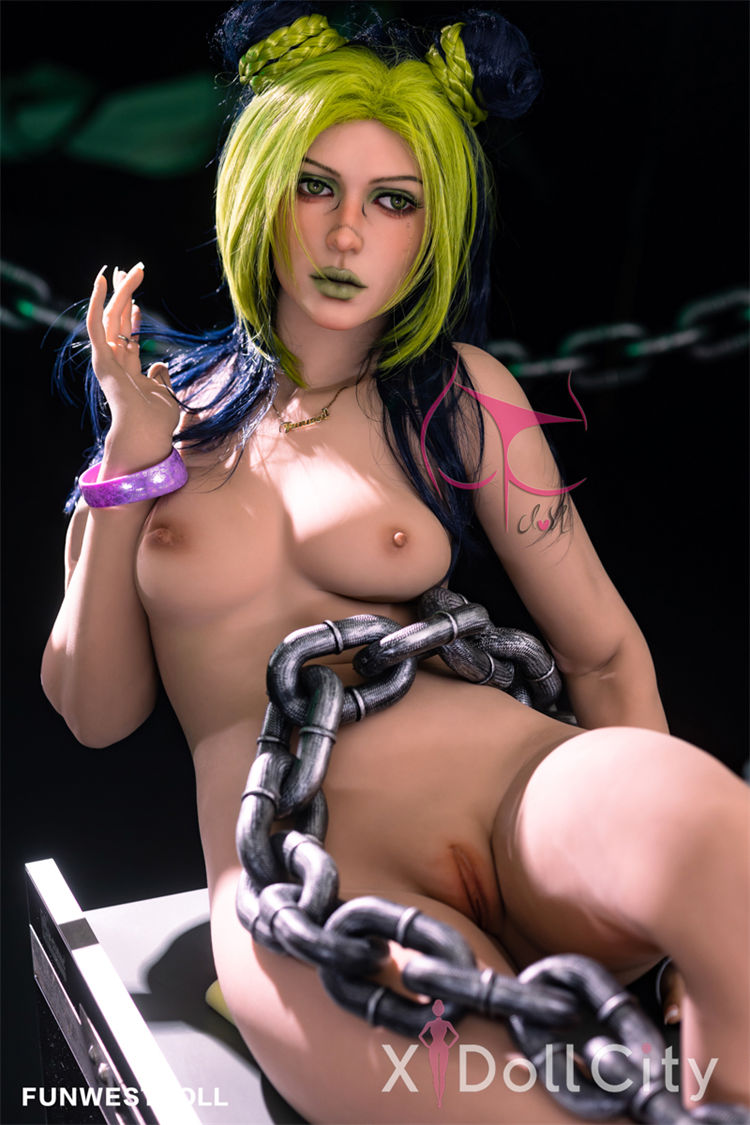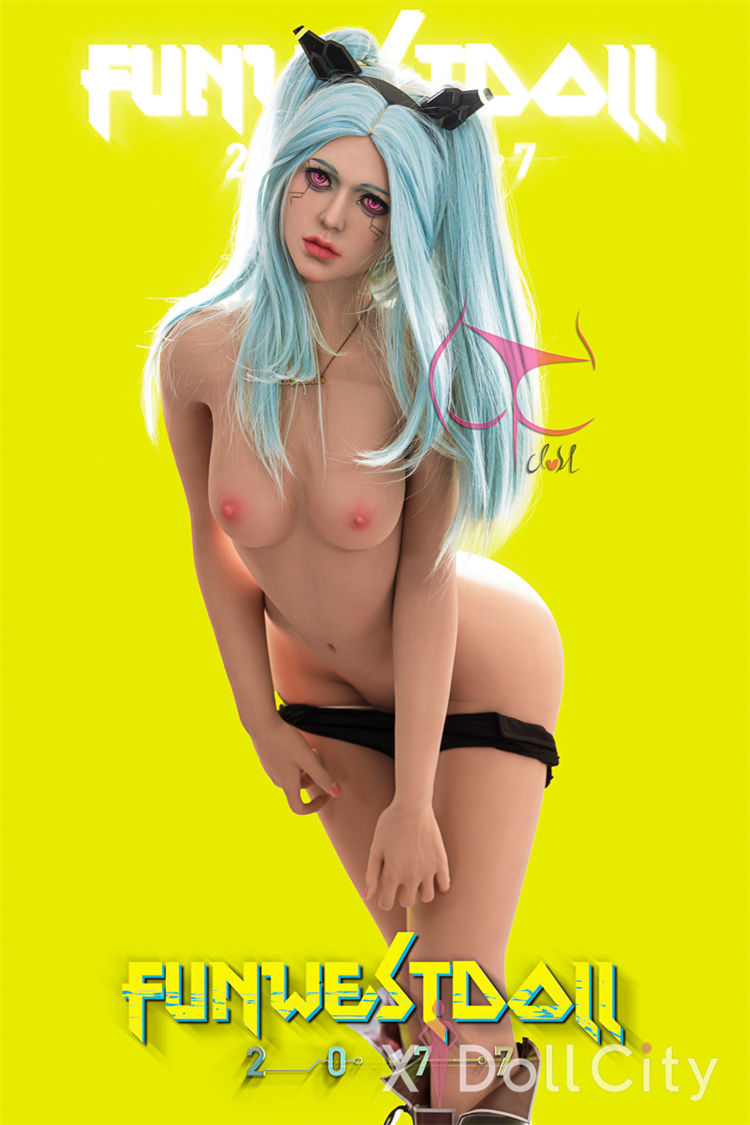Lesbian, Gay, Bisexual and Transgender (LGBT)
Understanding Lesbian, Gay, Bisexual, and Transgender (LGBT)
A Broader Look at Gender and Sexual Diversity
The term LGBT stands for Lesbian, Gay, Bisexual, and Transgender. It represents a diverse community of individuals whose sexual orientations or gender identities differ from traditional norms. While often grouped together, each identity within LGBT holds unique meaning, history, and experience.
This collective term symbolizes inclusion and the ongoing movement toward equality. It acknowledges people who have long faced misunderstanding and discrimination, offering them visibility and voice. Over time, the acronym has expanded to include other identities such as queer, intersex, and asexual, evolving into LGBTQIA+—a broader, more inclusive expression of human diversity.
Identity, Acceptance, and Modern Understanding
Being part of the LGBT community isn’t defined solely by sexuality—it’s also about self-identity, acceptance, and freedom of expression. Each individual’s journey can be deeply personal.
In modern society, representation in media, legal protections, and public awareness have improved, yet challenges remain. Many still face bias or social pressure. However, the increasing visibility of LGBT figures in entertainment, politics, and everyday life continues to foster understanding and normalize diverse forms of love and gender identity.
The Role of Community and Support
Community spaces—both online and offline—play a key role in helping LGBT individuals connect and share experiences. These environments provide a sense of belonging and safety, allowing people to live authentically without fear of judgment. Advocacy groups, pride events, and educational initiatives have also strengthened social acceptance, promoting equality and mental well-being.
FAQ
What does each letter in LGBT stand for?
LGBT stands for Lesbian, Gay, Bisexual, and Transgender. Each term represents a distinct aspect of sexual orientation or gender identity.
How did the LGBT movement begin?
The modern movement began in the late 1960s, notably after the Stonewall Riots in New York, which became a catalyst for LGBTQ+ activism worldwide.
Is being LGBT a choice?
No. Sexual orientation and gender identity are not choices—they are natural variations of human diversity recognized by major medical and psychological organizations.
What challenges does the LGBT community face today?
Discrimination, lack of legal protection, and mental health stigma remain significant issues. However, social awareness and policy reforms continue to improve equality.
How can people support the LGBT community?
By showing respect, using inclusive language, listening without judgment, and supporting equal rights initiatives both locally and globally.


